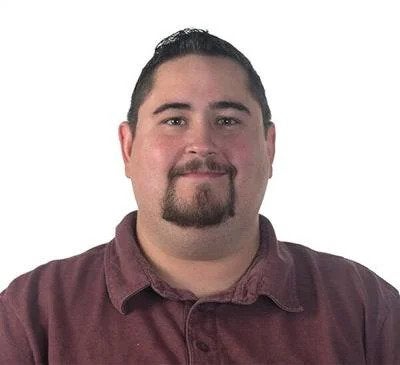Drug prevention turns to medicine cabinets
Published 9:15 pm Tuesday, April 19, 2011
The federal government is taking its fight against drug abuse to the medicine cabinet.
And it’s about time.
The White House drug czar on Tuesday announced new focused efforts to reducet he misue of oxycodone and similar prescription painkillers by 15 percent during the next five years.
That’s an ambitious goal, and one that may not sound glamorous. But it is necessary.
Emergency room visits caused by prescription drug overdoses doubled between 2004 and 2009, reaching more than 1.4 million per year. According to the Centers for Disease Control and Prevention, prescription painkiller deaths outpaced deaths due to cocaine and heroin overdoses in 2007, the most recent years for which statistics were available. That year, 11,000 people died from presecription drug overdoses; 5,000 died from cocaine overdoses; and 2,000 overdosed on heroin.
Oxycodone and similar drugs are decpetive. Prescribed by physicians for the treatment of pain, they can be highly addictive. And, in places such as Florida and throughout Appalachia, the abuse of the drugs has spawned an entire industry catered to writing and dispensing the prescriptions.
Wrangling the misuse of these drugs will be a challenge, at best. But because these presecription painkillers are so accessible, they pose a very real threat not only to those who are issued the prescription, but to curious teens and children who may raid their parents’ medicine cabinet in search of drugs.
Ultimately, Congress must approve this plan, which includes additional training for the more than 1 million doctors approved to prescribe these drugs. And, the plan calls for more than $200 million in additional funding for drug prevention and treat programs. Finally, it would require all states to adopt prescription drug racking programs, as an added safety check.
It’s a solid plan and one that could begin to address the real, and often overlooked, issue of prescription painkilller abuse in our country.


